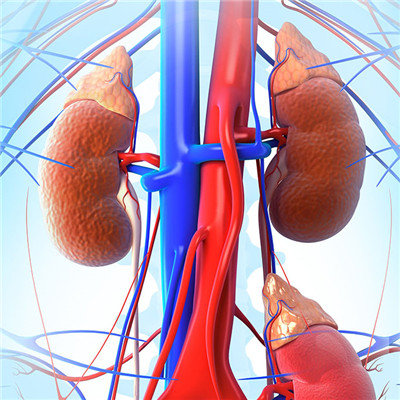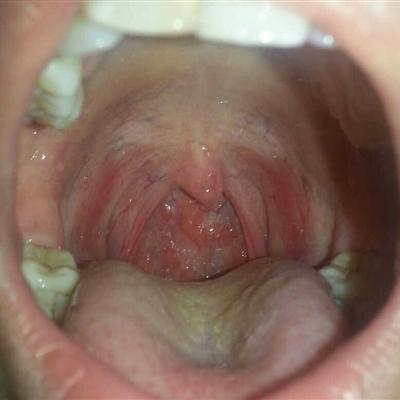Midterm symptoms of motor neuron disease?
summary
Motor neuron disease can be divided into three types according to the condition and symptoms. Therefore, the symptoms of motor neuron disease will be different.
Midterm symptoms of motor neuron disease?
More than 30 years old. It usually starts with weakness and atrophy of small muscles in the hand, which can affect one or both sides, or from one side to the other. Because the size of thenar muscle atrophy and flat palm, interosseous muscle atrophy and claw hand. Muscle atrophy extended upward and gradually invaded the forearm, upper arm and shoulder belt. Fascicular fibrillation is common and can be limited to some muscle groups or widespread. It is easy to be induced by hand beating. A small number of muscle atrophy from the tibialis anterior muscle and fibula muscle of the lower extremity or from the neck extensor muscle, individual can also start from the proximal muscles of the upper and lower extremities.

Cranial nerve damage is often the earliest invasion of the tongue muscle, tongue muscle atrophy, accompanied by tremor, after the palate, pharynx, laryngeal muscles, masticatory muscles also gradually atrophy, resulting in patients with articulation unclear, dysphagia, masticatory weakness. Bulbar palsy may be the first symptom or following limb atrophy.

In the late stage, the muscles of the whole body can be atrophied, resulting in bedridden, and respiratory insufficiency caused by respiratory muscle paralysis. If the lesions mainly involve the anterior horn of the spinal cord, it is called progressive spinal atrophy. Because it starts in adulthood, it is also called adult spinal muscular atrophy. It is different from infantile and juvenile spinal muscular atrophy in infancy or adolescence. Most of the latter two have family genetic factors, and the clinical manifestations and course of disease are different. In addition, it is not detailed.

matters needing attention
Performance for the limb weakness, tight, ineffective movement. The symptoms started from both lower limbs, then spread to both upper limbs, and the lower limbs were more severe. Weak limb strength, increased muscle tension, difficulty in walking, spasmodic scissors gait, hyperreflexia of tendon, positive pathological reflex. If the lesion involved bilateral cortical brainstem, pseudobulbar palsy symptoms appeared, such as clear pronunciation, dysphagia, mandibular hyperreflexia, etc. This disease is rare in clinic. It usually starts in adulthood and progresses slowly.















